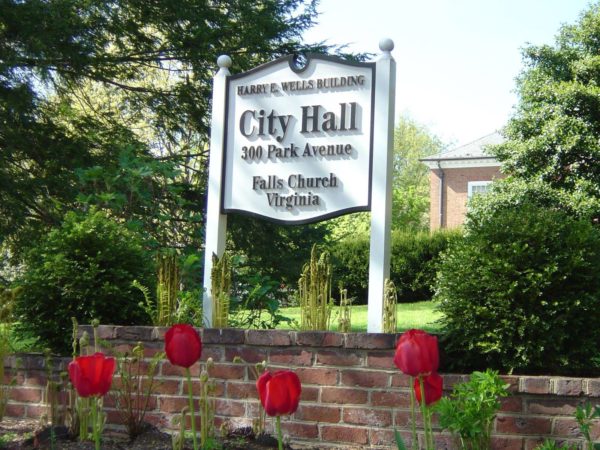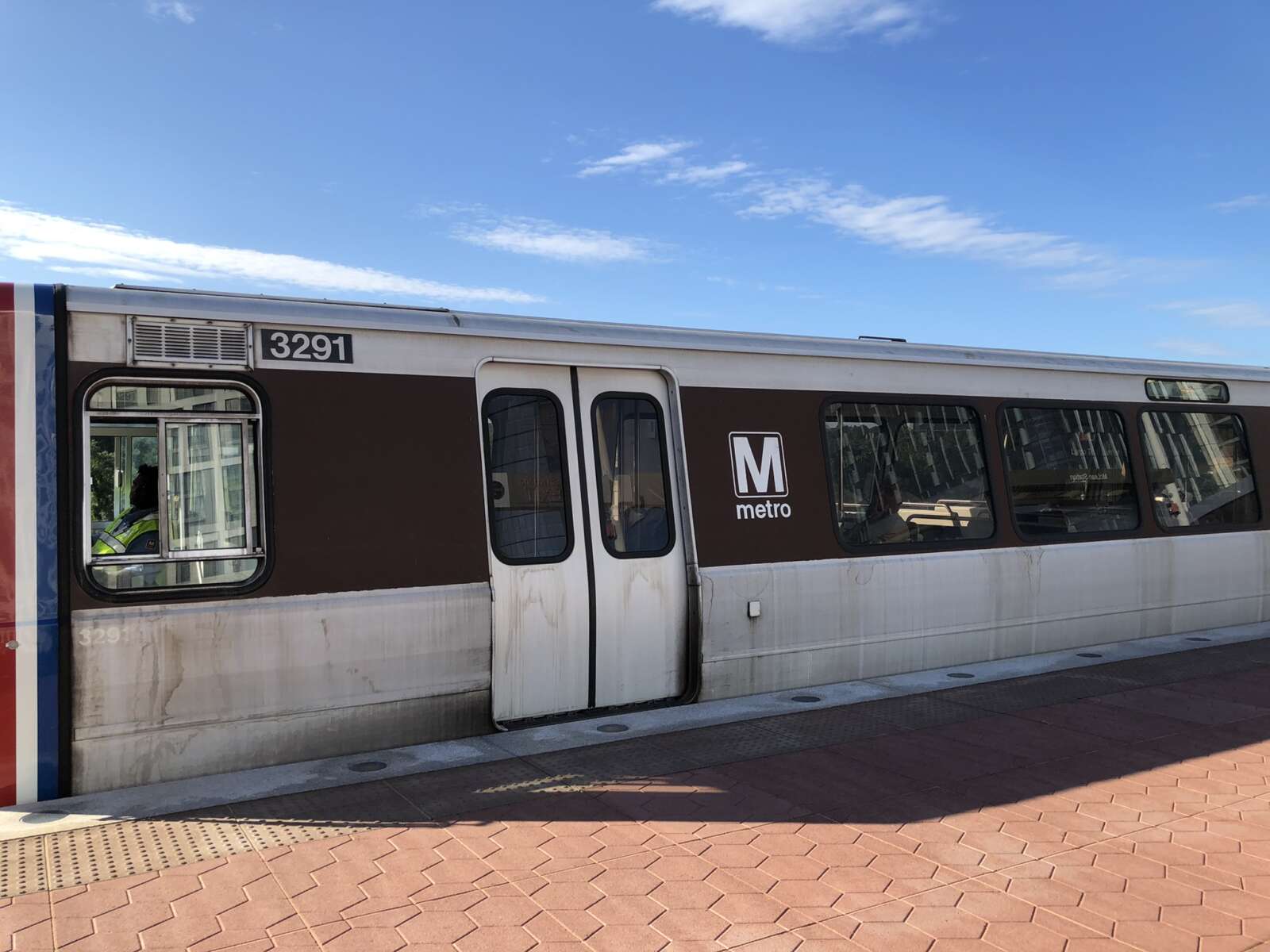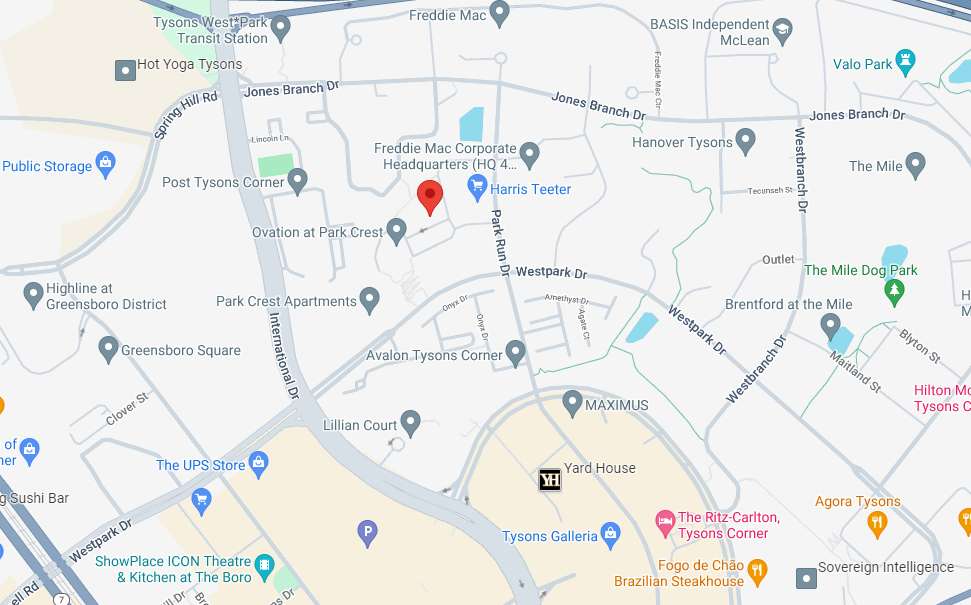The City of Falls Church wants to expand its stock of affordable housing, but exactly how it should achieve that remains up for debate.
One option currently under consideration is updating the zoning ordinance’s special exception section, which has become a reliable tool for encouraging mixed-use development.
Under a preliminary proposal presented to the Falls Church City Council on Monday (Nov. 16), the criteria for evaluating possible development projects would be amended to incentivize the inclusion of affordable housing units, allow for smaller structures, and better reflect the current state of the commercial real estate market.
“With the economy changing and obviously the future of work and commercial space probably looking pretty different, I do think it’s time for us to modernize this,” City Councilmember Letti Hardy said. “…I know this is something that’s really important to the city and not something we want to take lightly.”
The special exception provisions in Falls Church’s zoning code permit mixed-use development and taller building heights than what is otherwise allowed in underdeveloped commercial areas that the city identified as sites that could be revitalized in its 2005 Comprehensive Plan.
The so-called Planning Opportunity Areas, including downtown Falls Church and West Broad Street, were officially designated as revitalization districts in 2016.
To qualify for consideration under the special exception provision, development proposals must be consistent with the city’s comprehensive plan, show a significant net increase in the site’s new commercial square footage, and generate positive net new commercial and residential revenue.
Developers can get an exemption from the latter two criteria if at least 75% of the residential units in their project qualify as affordable housing.
The special exception provision has facilitated the completion of 10 mixed-use projects in Falls Church since 2003, all but one of which have brought in revenue for the city. Four more are now in the works, including Founders Row, the West Falls Church redevelopment, and the Broad and Washington project.
However, there have also been projects that fell through because they were unable to meet the code’s criteria without adding height and density that drew objections from surrounding neighborhoods.
Falls Church Planning Director Paul Stoddard says a proposed development at Tradition Place collapsed in 2016 after the developer started making the building taller to compensate for the net commercial square footage requirements and concessions to the city that were under discussion.
A Park & Lee development application submitted in 2017 failed to obtain approval after facing similar obstacles.
“Because there was some existing commercial [area] on the property, they were not able to meet that net increase in commercial in order to get through without making the project more dense, which was an issue for the community surrounding it,” Falls Church City Senior Planner Shaina Schaffer said.
In addition, none of the special exception projects approved by the city have met the threshold of 75% affordable housing needed to forgo the requirement for adding commercial space, which is less in demand now, especially for traditional office and retail uses.
To address these issues, the Falls Church planning staff is recommending that the city council amend the zoning ordinance so that projects only have to provide new commercial space, rather than adding to the existing square footage. They also say the 75% affordable housing threshold should be reviewed to see if it should be lowered to be more feasible.
Councilmember Debora Hiscott suggested that city staff should reach out to contacts in the developer community to get a sense of what percentage of affordable housing would be palatable for them.
“If we want to know what will bring [affordable housing] in, I think who better to ask than the people who’d be bringing it in?” Hiscott said. “Then we can make decisions from there whether it’s palatable for our community, whether it meets our goals, and brings in that revenue.”
Photo via City of Falls Church Government/Facebook






